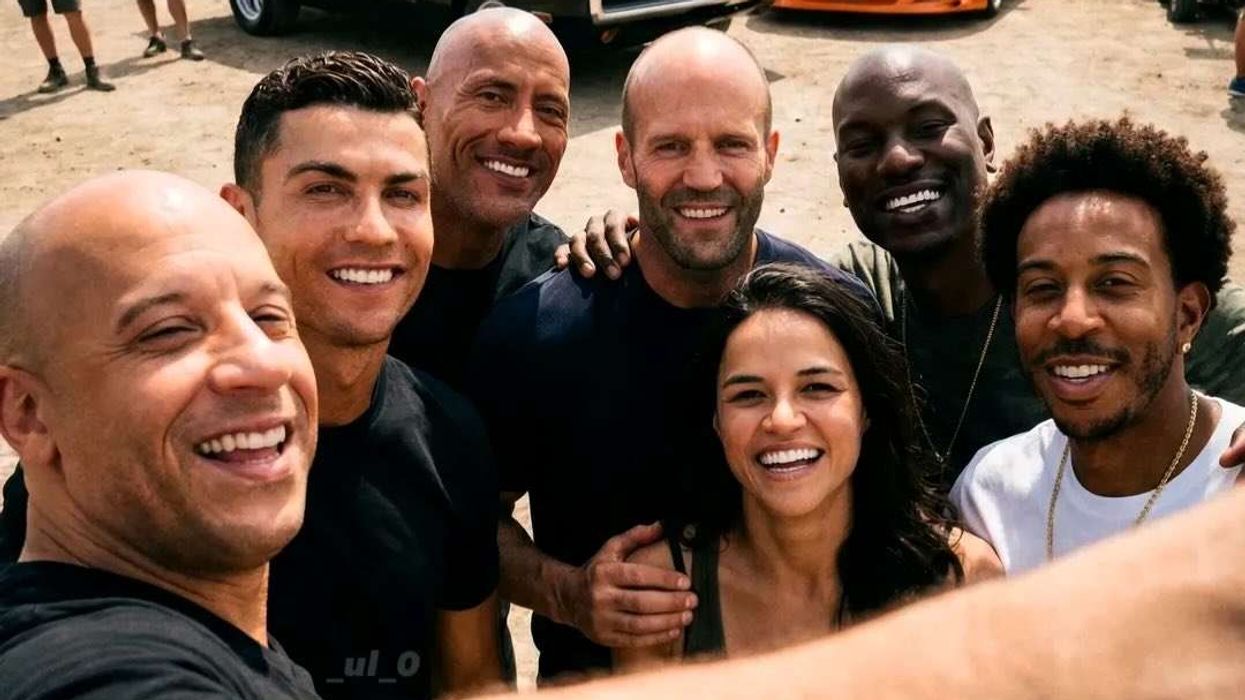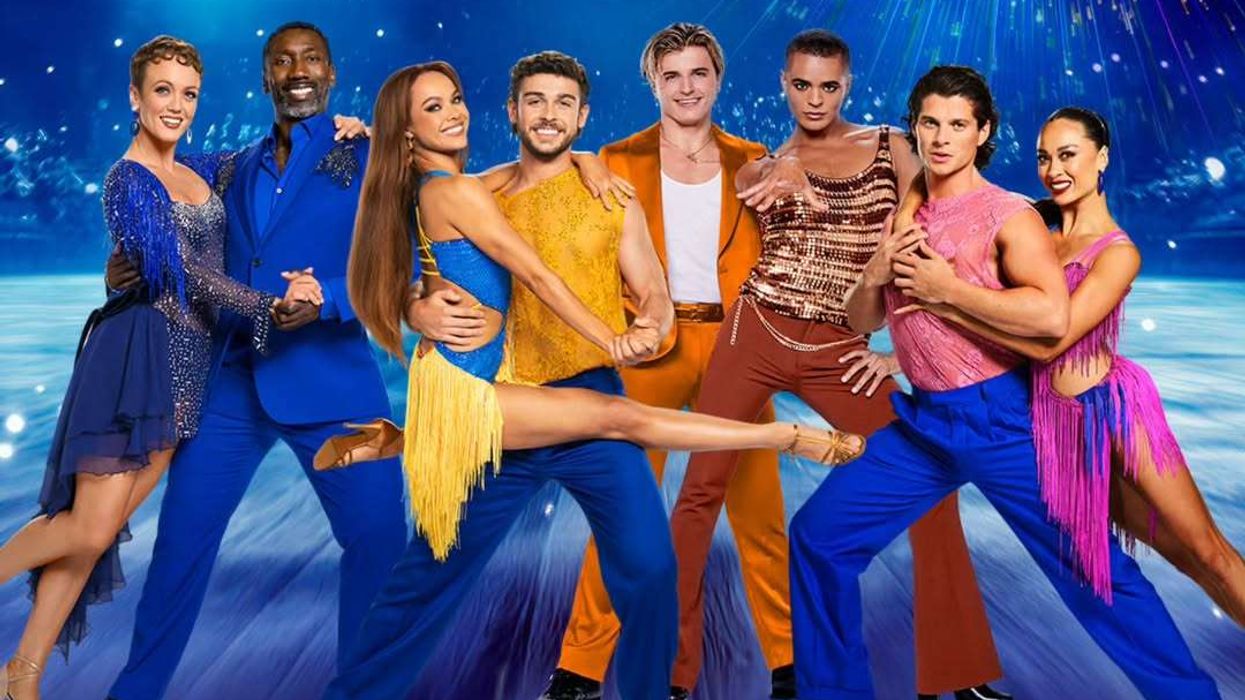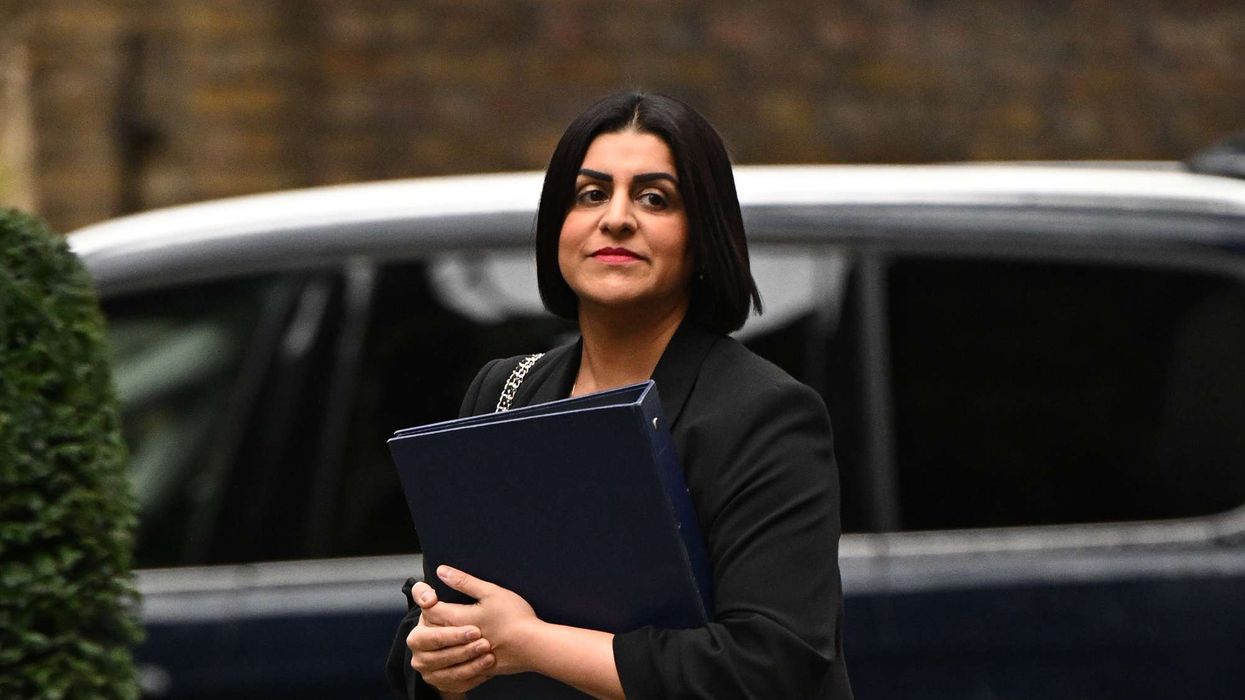HE MAY be a talented MC, but Beant first got connected to music at a more spiritual place.
He learned Sikh music from a young age at the Gurdwara, surrounded by accomplished musicians and vocalists. The 22-year-old, born and raised in Leamington Spa, also grew up listening to eighties songs played by his parents, including Bruce Springsteen and Pink Floyd, along with writing his own music since the age of 12.
These early influences, along with MCing at parties led the East London based talent towards his debut EP The Rules Of Engagement.
His new four-track release, with music by AS Kullar, mixes up various influences with meaningful lyrics and impactful vocals. Eastern Eye caught up with the exciting new rap talent to discuss his EP, music, hip hop, inspirations, dream collaboration and future hopes.
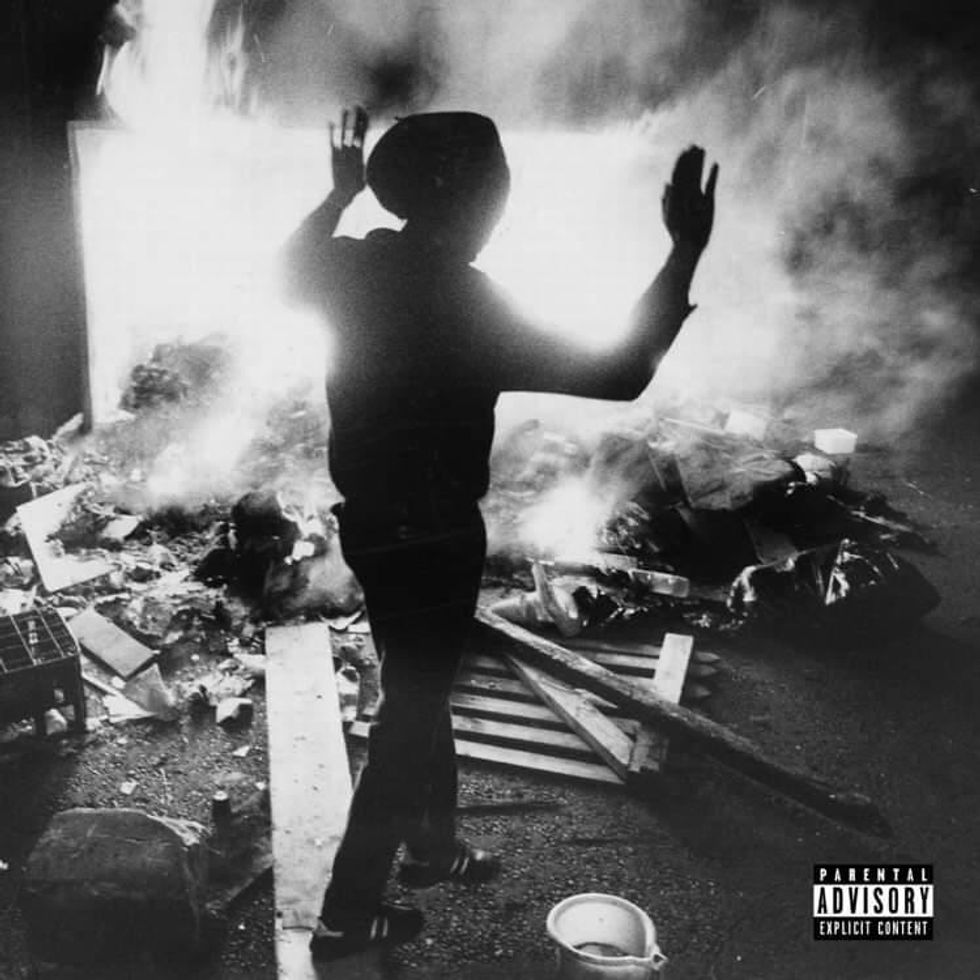
What drew you towards hip hop in particular?
I began listening to rap music around nine or 10 years old and grew massively obsessed with the genre throughout secondary school when I began rapping myself. I never saw a strict distinction between the poetry in hip hop and what I found in songs from Gurdas Maan, Nusrat Fateh Ali Khan, Springsteen, or English literature classes at school. But hip hop felt more on the nose, rawer and if I’m completely honest, probably more accessible to a teenage boy growing up in the UK.
Tell us about your EP?
I think the title explains a lot of the themes this work touches on. The first meaning of The Rules of Engagement pertains to the art of MCing and entering the hip hop space ready to compete and be the best rapper. The second meaning refers to my legal education - I wrote and recorded the EP shortly after I graduated and it’s a nod to me coming off the back of law school studying things like public international law. The final meaning ties into this EP engaging with political topics, colonialism, and the violence that it begets.
Who are you hoping connects with these songs?
Naturally I think the diaspora will connect with this project most – due to its lyrical content and the identity of AS Kullar and I. But I don’t think it’s inaccessible to wider audiences; the beats have a certain South Asian flavour to them, but I don’t believe we’ve overdone it to the point where it’s unappealing for wider hip hop listeners.
How would you describe your sound as a hip hop artist?
This particular EP is most definitely inspired by old-school hip-hop from New York and the barebone approach of mad-lib and alchemist, who have developed that sound in the underground in recent years. However, as an artist I’m very open to different sounds and explore more experimental music as part of the band Angel Music, which I’m blessed to be a part of.
What is AS Kullar like to work with as a music producer?
He’s super talented and knows his music inside out. I enjoyed picking his brains in the studio about Punjabi folk music and his influences in hip hop. He’s also incredibly intelligent – he went to Cambridge, so it’s fascinating chatting to him.
How did you team up?
On a personal level we connected via a close mutual friend of ours (big up Arjun every time), so I knew he was a bless guy. But he’s so relaxed and quiet to the point where I’d have no clue what he was thinking – whether he liked the song or not! I’m a very energetic guy, but not all musicians are the same and I’m getting used to that as time goes on.
Who is your own hip hop hero?
There are many artists who have influenced me in the hip hop space including 2Pac, Skepta, Nines, J Hus and many more. However, if I had to choose one it would be Kendrick Lamar. I grew up with his music. I had just turned 12 when GKMC dropped and my very good friend (to this day) used to give me music off a USB his brother had. I was blown away by m.A.A.d city - the production and energy on that track is nuts.
What do you like about Kendrick?
The way Kendrick uses his vocals and switches flows captivated me from that moment on. I’ve been lucky enough to see him live twice and that raw energy definitely translates to live performances.
What is your favourite hip hop track or album of all time?
To choose one favourite would be extremely difficult. But I’ve recently found myself going back to (the album) My Beautiful Dark Twisted Fantasy a lot. For me, the themes and production are so cohesively executed that it takes the listener on a real journey. There are so many moods and feelings explored on that project, even within individual songs. It is definitely one of my favourite records.
What is the biggest challenge you face as a young British Asian artist?
I’m at such an early stage in my career, that I haven’t really faced any challenges at all. If anything, my background has been a catalyst to meet extraordinary people doing amazing creative things. The South Asian music scene has been very helpful and supportive. A big example of that is Sukh allowing me to spit at the first Jawani4eva event – I barely had two songs out and hadn’t released in years, and here I was spitting to a sold out party on the top floor of The Standard hotel.
What is the music master plan going forward?
I have a hard drive full of songs and am constantly writing. I don’t have a particularly thought-out plan, but I will have projects releasing more frequently after this one. I have an EP in the works with my good friend Saint Loup, which is more 140bpm with skippy flows that should be released by the end of summer.
What is your dream music collaboration?
One that immediately comes to mind is Nines. I used to rinse his fire in the booth and playground with my boys – we still play it to this day. His metaphors and similes are cold, and he knows how to paint a picture in the listener’s head.
What inspires you as an artist?
Initially, I thought ‘everything’, but I appreciate that’s not too helpful! Punjabi history is a massive artistic inspiration for me, ranging from the fight against racist skinheads in the 70s to the stories of resistance against the Mughals, or the beautiful art and literature from the region. Outside of that, my relationships with friends and family often spark the idea for a song, which then morphs into its own thing.
Why should we pick up your new EP?
I don’t think lyrically or sonically there is a project out there like this. It draws upon so many unique influences that I think it warrants a listen if you’re interested in a distinct sound – even if you don’t end up enjoying it.
Why do you love music?
I couldn’t imagine a day without music. I’m constantly listening to Spotify or playing records from my growing vinyl collection, whether I’m at work, the gym or commuting. I think it provides the perfect connection to enhance cultural understanding and at its essence is one of the purest forms of human experience.
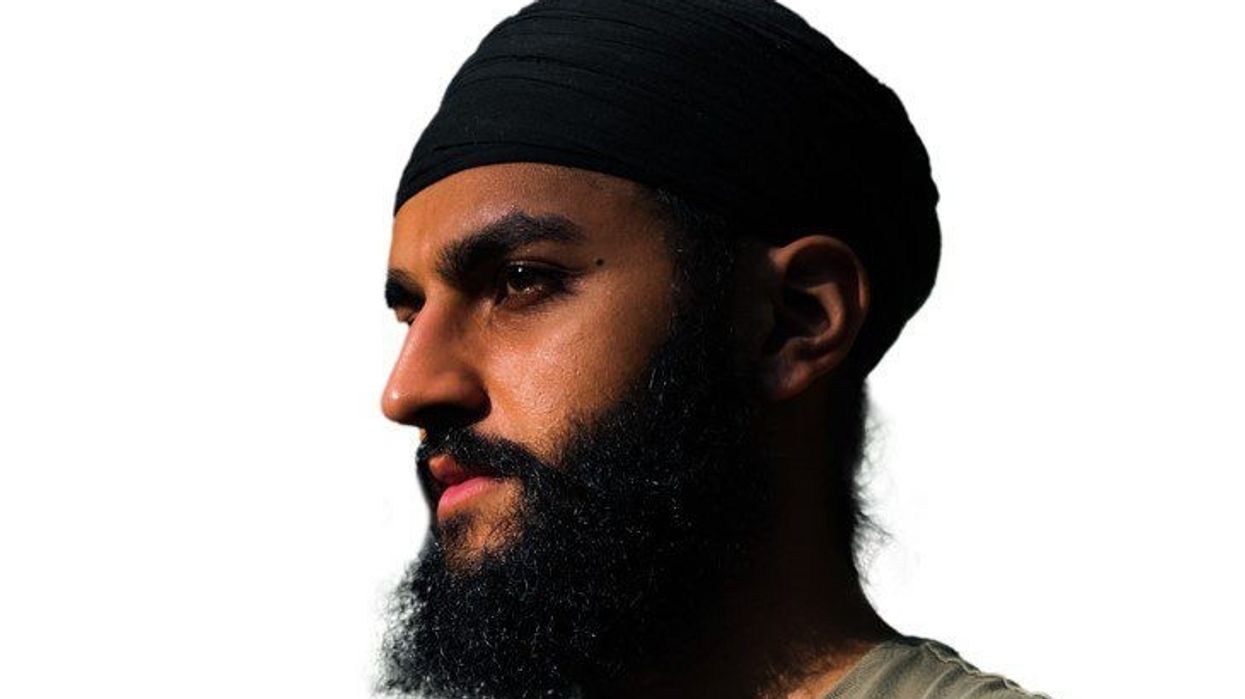




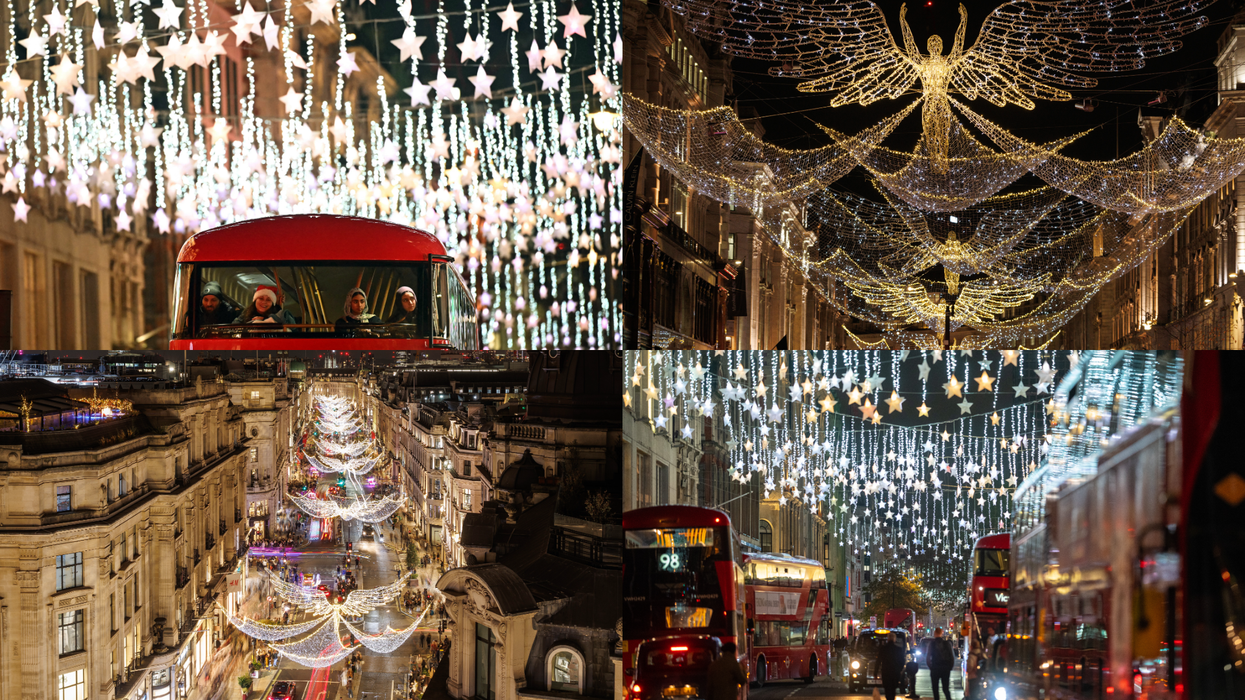
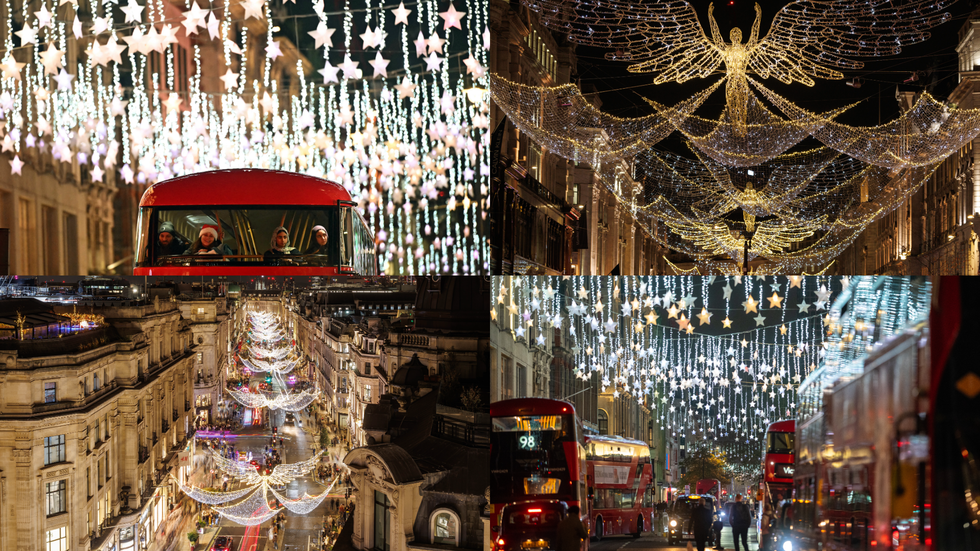 The Christmas light walks in central London that still feel festive Getty Images
The Christmas light walks in central London that still feel festive Getty Images 